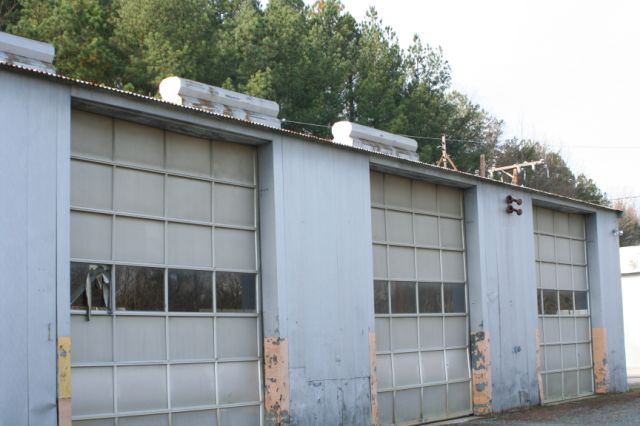ENVELOPING PROCESS
To "envelope" is to take an existing building, cover it from the outside with a high value insulation and new skin without removing the original exterior.
- Faster assembly
- Inexpensive
- Simple to install
- Doesn’t add to the landfill
- Extends life of building to 25+ years
- Meets 2012 ASHRE standards for insulation
- Easier to permit (doesn’t require new structure building permits)




The cost of enveloping this government facility was comparable to the cost of demolition alone.
ENVELOPING DOCUMENTATION
In cold climates, the building envelope can reduce the amount of energy required for heating; in hot climates, the building envelope can reduce the amount of energy required for cooling. A substantial part of “weatherization” includes improvements to the building envelope, and government weatherization programs often cite energy and energy bill savings as a primary rationale for these initiatives.
INSULAR Enveloping can be used over most commercial and industrial structures. INSULAR holds the United States Patent Number US 8,656,672 B2 for the enveloping process.


UNDERSTANDING BUILDINGS
The thermal aspect of the building envelope plays a big role in energy efficiency. To understand how it's possible to make a building efficient you need to understand what the building envelope is.
Commercial buildings account for almost 39 percent of total U.S. energy consumption and 38 percent of U.S. carbon dioxide (CO2) emissions. Space heating, cooling, and ventilation account for the largest amount of end-use energy consumption in those buildings. Minimizing heat transfer through the building envelope is crucial for reducing the need for space heating and cooling.


BENEFITS OF ENERGY EFFICIENCY





















